
3 Common Misunderstandings About EEE Inspections
Exterior Elevated Element (EEE) inspections are a vital part of keeping California multi-family buildings safe and compliant under SB721 (for apartments) and SB326 (for condominiums and HOAs). Yet, we encounter the same misunderstandings over and over among landlords, property managers, and homeowners. Here are three of the most common—and most dangerous—misconceptions about EEE inspections.
1. “Only visible surfaces need to be checked.”
Many building owners assume that if the visible parts of a balcony or walkway look fine, they’ve passed the safety test. But that’s a dangerous myth. Inspectors are legally required to assess both visible and concealed components, including load-bearing framing, connections, flashing, and waterproofing elements. To do this, qualified inspectors often use non-destructive tools such as:
- Borescope cameras (to see inside wall cavities or enclosed beams)
- Moisture meters (to detect hidden water intrusion)
- Infrared scanners (to reveal temperature anomalies that suggest hidden damage)
Why does this matter? Because hidden damage—like dry rot, corroded fasteners, or compromised framing—is one of the top causes of catastrophic EEE failures. Skipping this level of assessment puts both residents and property owners at risk.
2. “Once inspected, the building is set forever.”
Another common misunderstanding is thinking that once you complete an inspection, you’re covered indefinitely. In reality, both SB721 and SB326 establish cyclical inspection timelines:
- SB721 (apartments): Inspections must be repeated every nine years.
- SB326 (condos, HOAs): Inspections must be repeated every six years.
This means you need a system to track deadlines, maintain records, and plan re-inspections well in advance. Ignoring the cycle can lead to non-compliance fines, insurance complications, or liability if an accident occurs between required inspections.
3. “The repair contractor can also do the inspection.”
Many property owners assume they can save time and money by hiring the same company to both inspect and repair their EEEs. However, both SB721 and SB326 require an independent inspection party to avoid conflicts of interest. Your inspector cannot be the same company doing the repairs.
Why is this important? Independent inspections ensure unbiased findings. A contractor with a financial incentive to recommend repairs may overestimate (or sometimes underestimate) the work needed, increasing costs or leaving hidden risks unresolved.
Avoid costly misunderstandings and stay fully compliant. Partner with DrBalcony for independent, expert-led EEE inspections you can trust. Contact them today to schedule your next inspection or request a consultation.



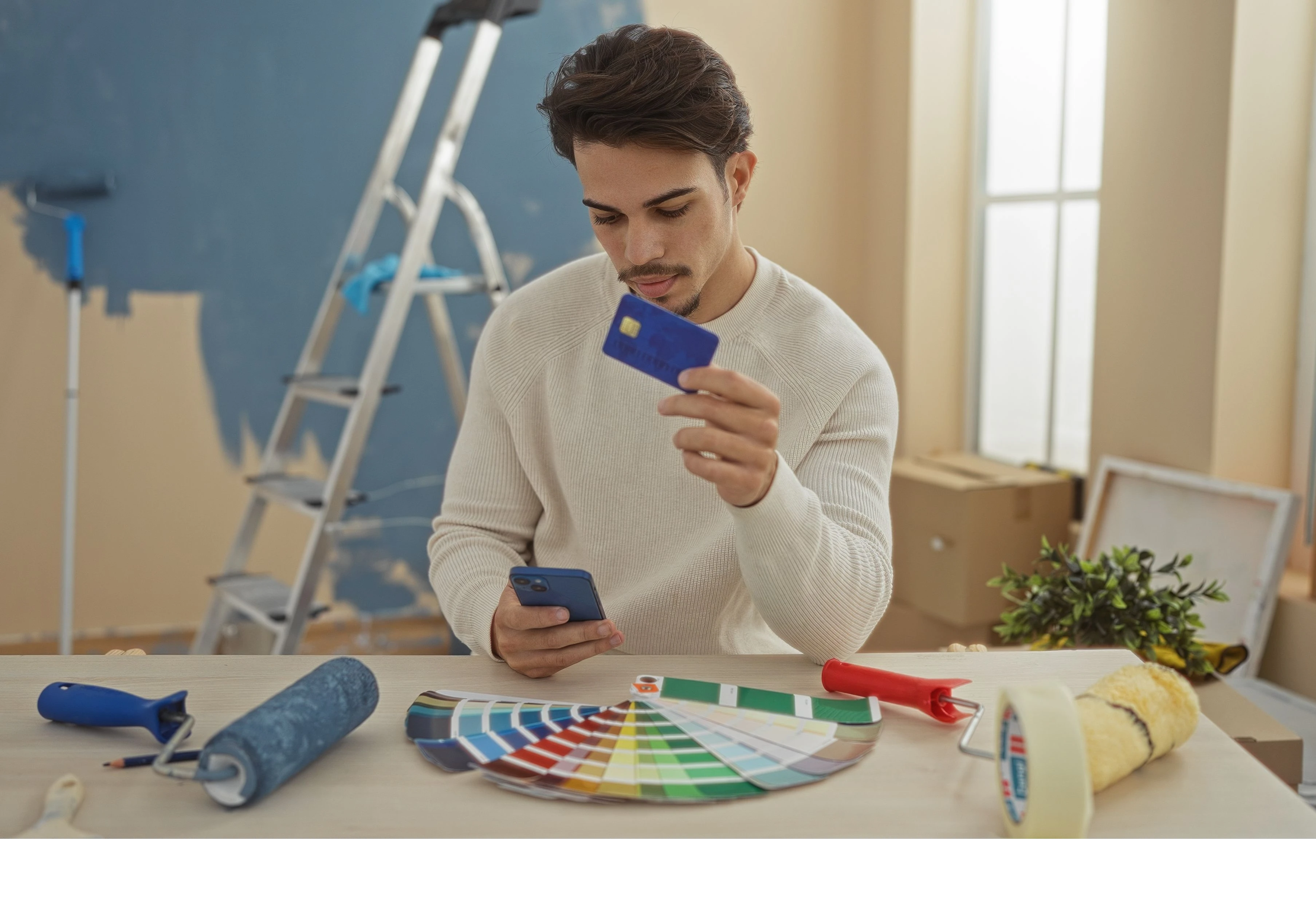
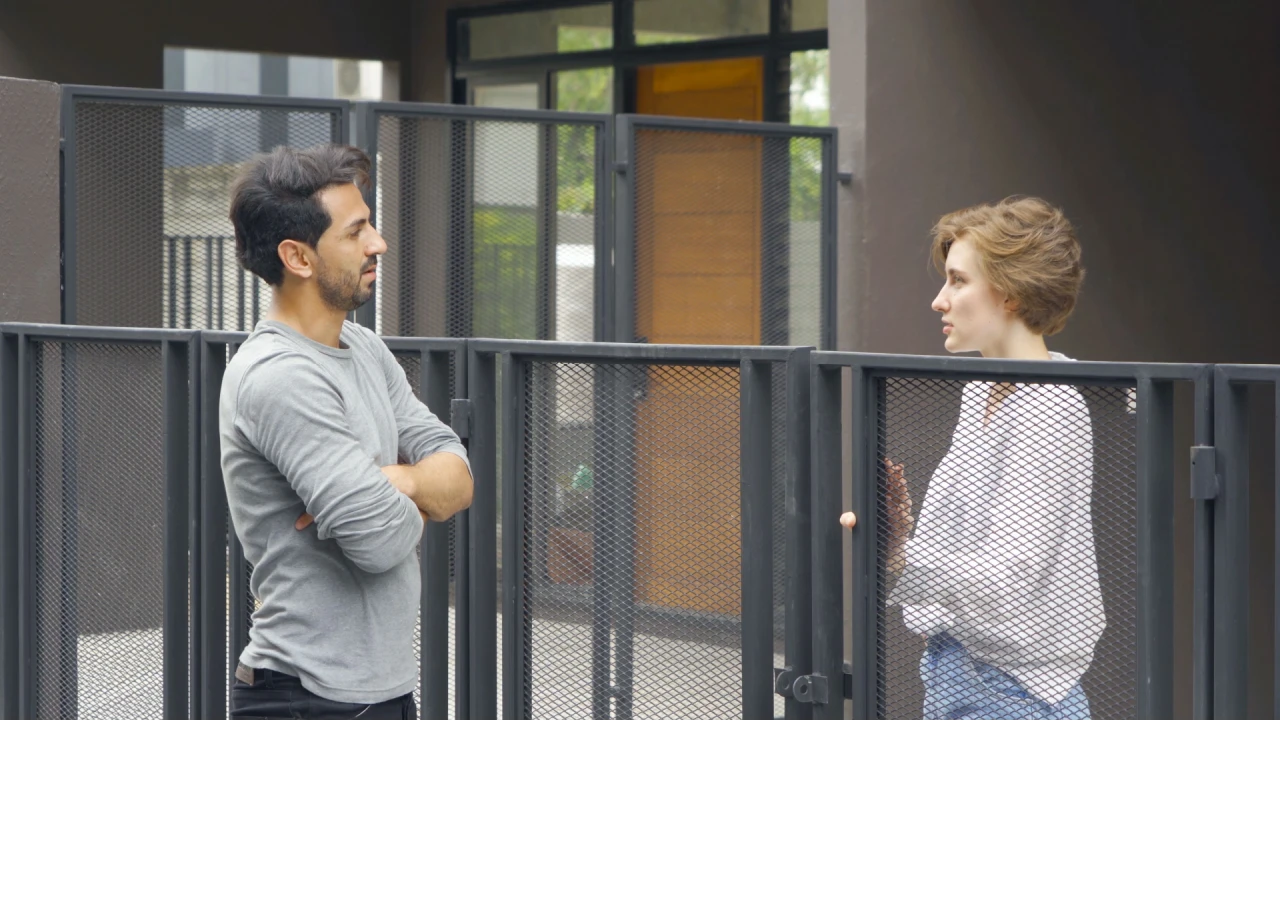
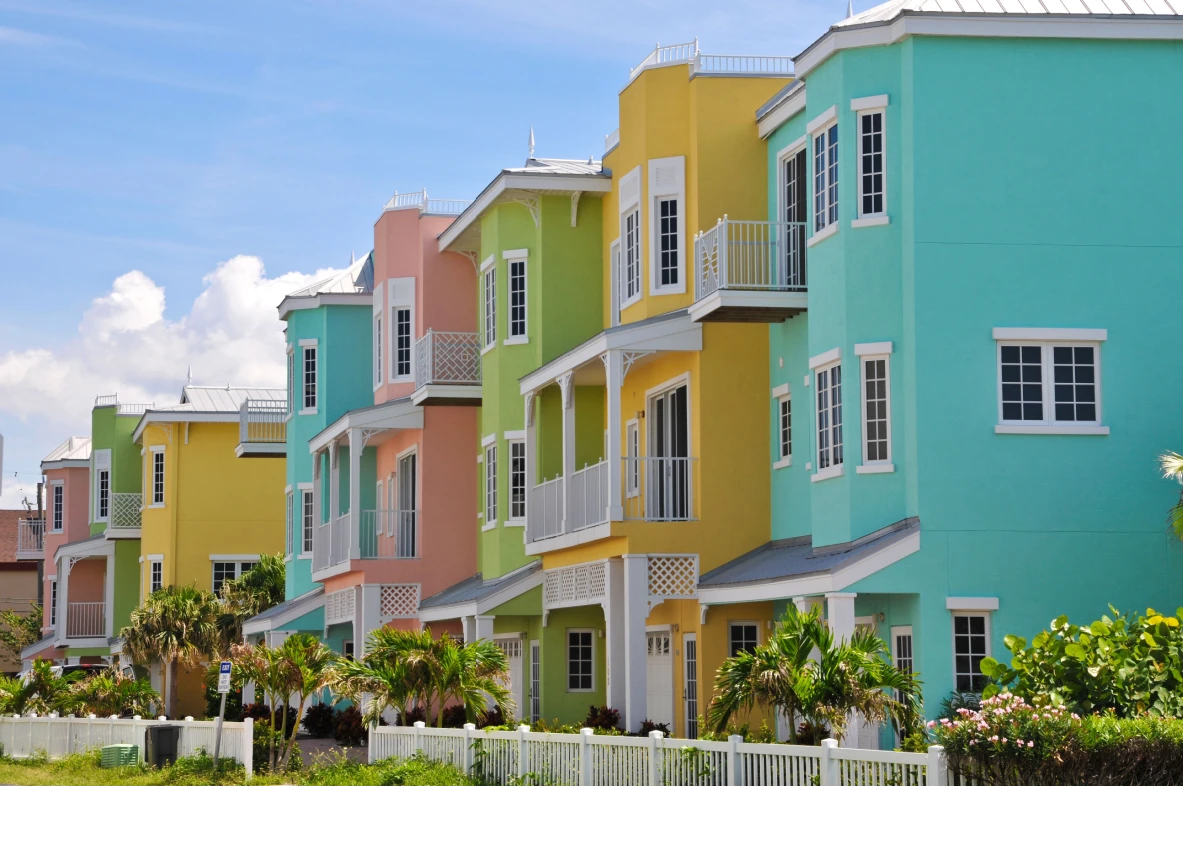

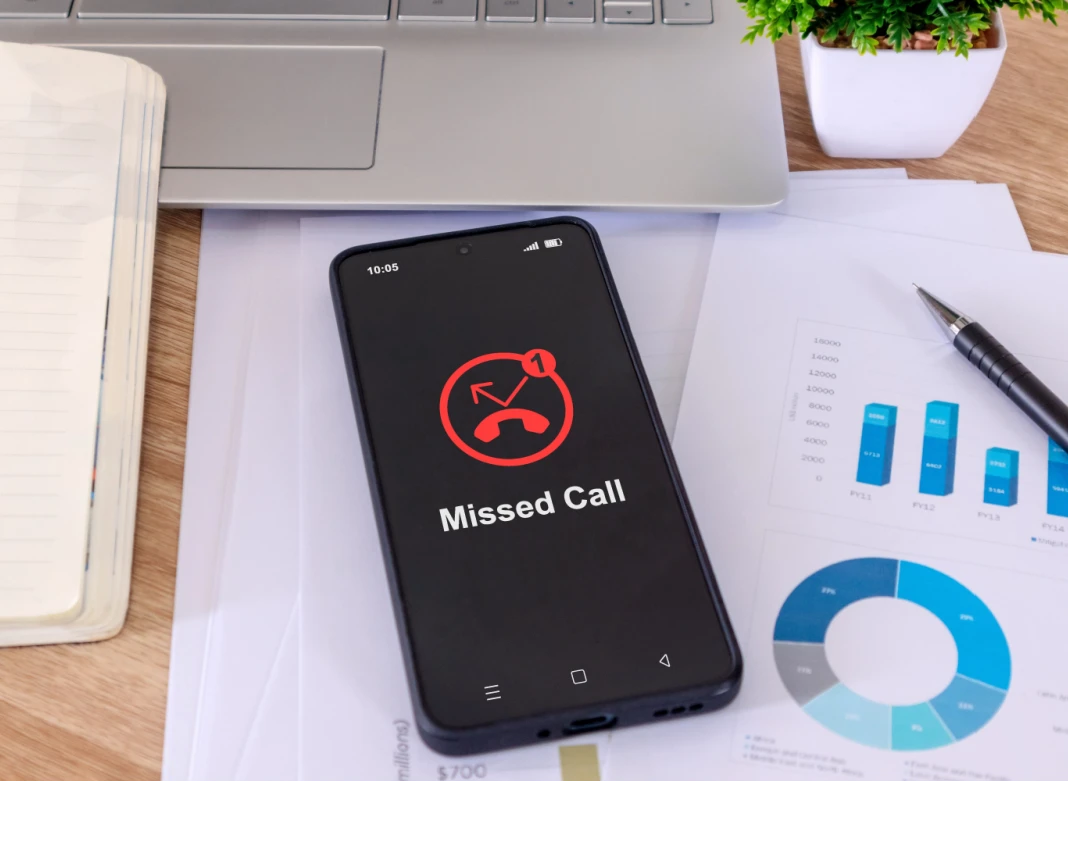
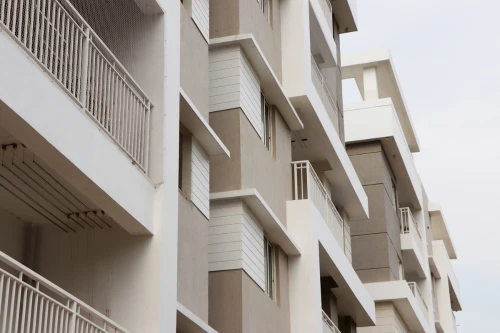






 Accessibility
Accessibility